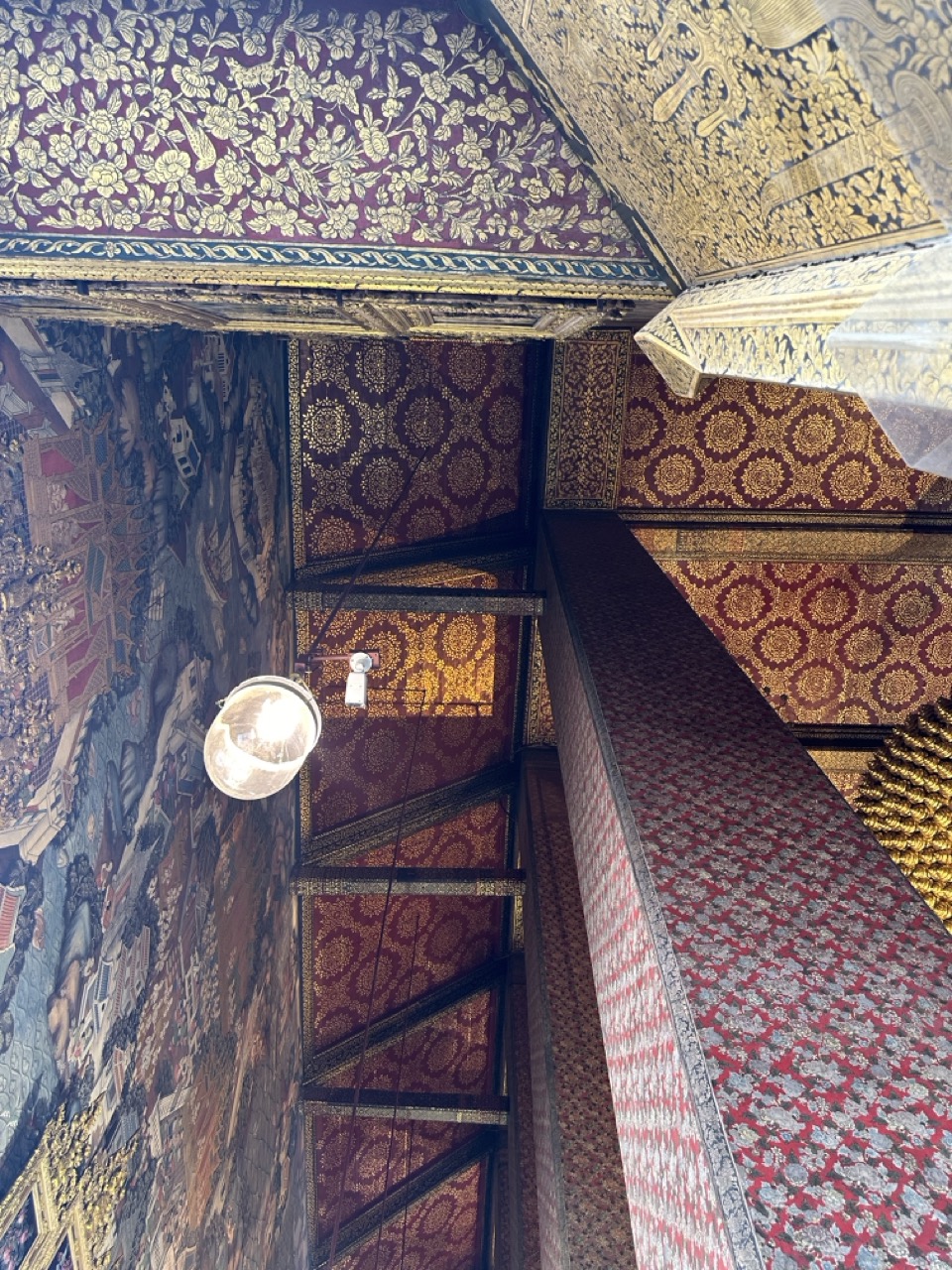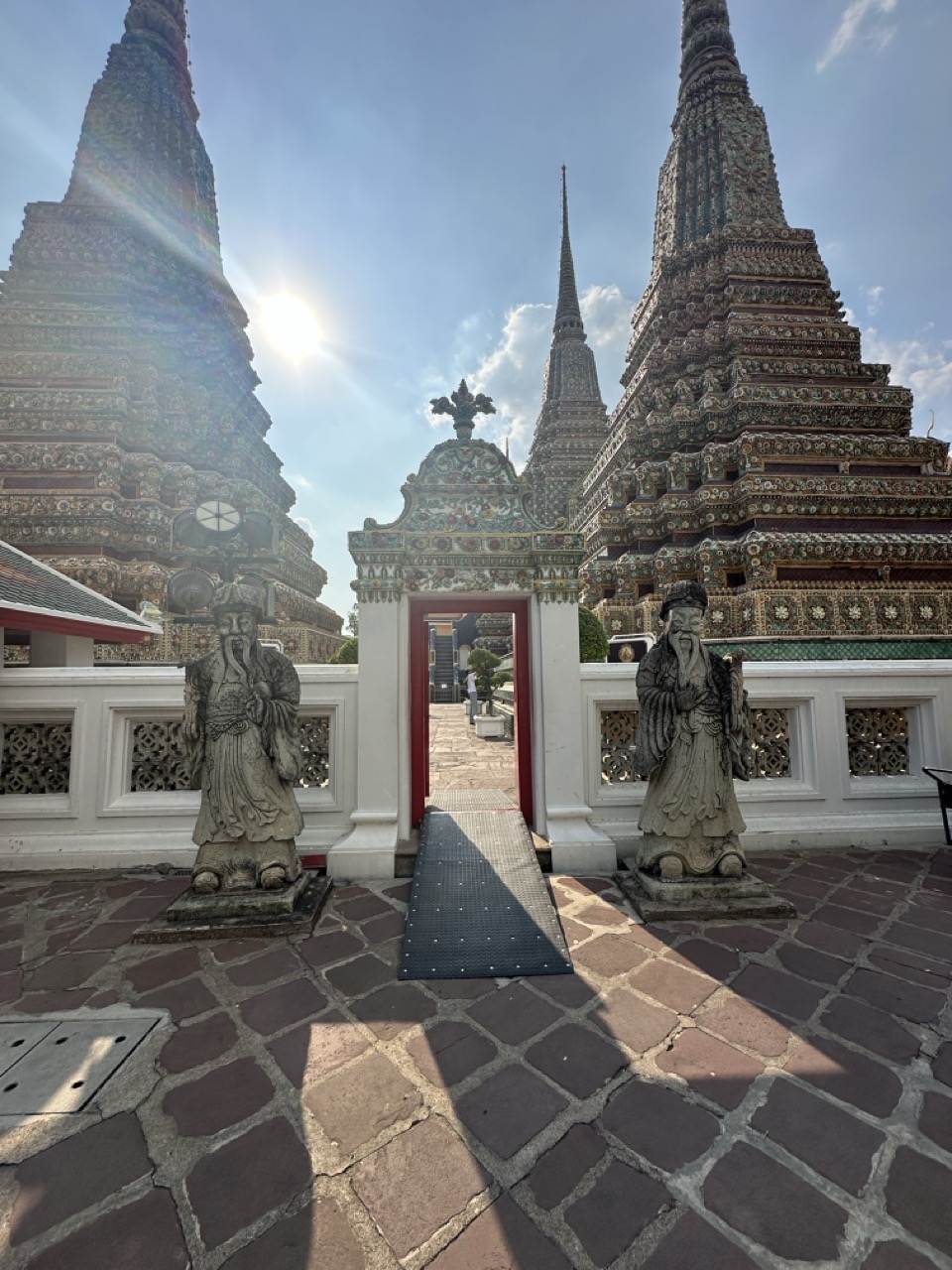Wat Po วัดโพธิ์ , Thailand (1872-1809)
Artist/Designer:
Project Location: Thailand









Style/Period(s):
Traditional
Primary Material(s):
Wood, Stone: Marble, Ceramic, Brick, Clay, Fresco, Paint, Lacquer, Stone, Wall Paper
Function(s):
Religious Building
Related Website(s):
Significant Date(s):
19th Century
Additional Information:
Significant Date(s):
1782- King Rama I moved the capital from Thonburi to Bangkok after the fall of Ayutthaya to Myanmar and built the Grand Palace adjacent to Wat Pho.
1788- Reconstruction of the old temple site was ordered.
1801- The new temple complex was named Phra Chetuphon.
1824-1851 -The Temple underwent significant construction under the reign of Rama III.
1832- King Rama III restarts reconstuction taking over 16 years and 7 months to finish.
1982- The temple was restored again by Rama IV for the Bangkok Bicentennial celebration.
Additional Information:
Publication/Texts in Print:
Chang, Ya-liang. "Exploring Thai massage from the viewpoint of iconology: Focusing on the iconography of Wat Pho." Humanities, Arts and Social Sciences Studies (FORMER NAME SILPAKORN UNIVERSITY JOURNAL OF SOCIAL SCIENCES, HUMANITIES, AND ARTS) (2021): 505-517.
Prakitnonthakan, Chatri. "Symbolism in the Design of Wat Phra Chetuphon Wimonmangkhalaram (Wat Pho)." The Journal of the Siam Society 102 (2014): 1-39.
Panarut, Peera. "Arrangement of the Stone: The Spatial and Textual Organisation of Siamese Poetry Inscriptions at Wat Pho Monastery and the Temple of the Emerald Buddha." In The Twelfth International Convention of Asia Scholars (ICAS 12), vol. 1, pp. 528-538. Amsterdam University Press, 2022.
Building Location:
2 Sanam Chai Rd, Khwaeng Phra Borom Maha Ratchawang, Khet Phra Nakhon, Krung Thep Maha Nakhon 10200, Thailand
Viewers should treat all images as copyrighted and refer to each image's links for copyright information.